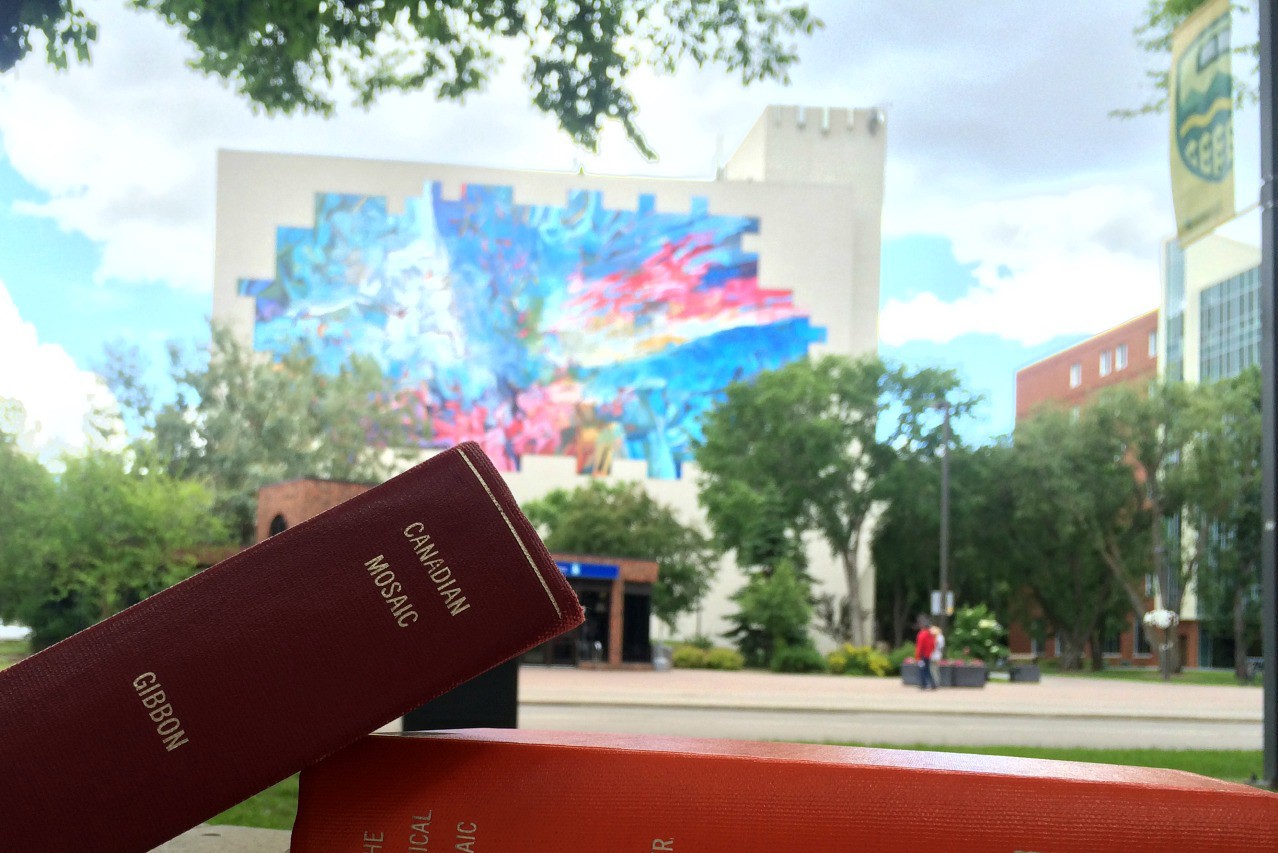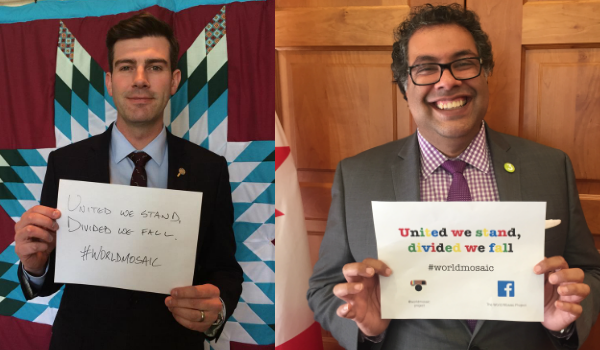
Nearly 100 years ago, Victoria Hayward looked out on the diversity of the Canadian prairies and described a “mosaic of vast dimensions and great breadth.” That was 1922. Hayward’s journal entry may well have been the origin of the cultural mosaic, a term which defines Canadian multiculturalism even today.
The story of the Canadian mosaic has been complex, navigating a difficult relationship between division and unity, integration and assimilation. From John Gibbon’s Canadian Mosaic to John Porter’s The Vertical Mosaic, the Canadian model of multiculturalism has persisted as part of a national identity, attracting both supporters and critics. As Canada 150 unfolds, our attention to these national narratives has heightened: where they came from, what they say about our country, and who they leave out.
This year in particular, the U of A community seemed immersed in these questions as events both on and off our campuses challenged us to think anew about diversity and inclusivity. At times this required collective demonstrations of solidarity — at others, a simple message of support and commitment.
One U of A student’s response even hearkens back to the long history of the mosaic — in a new way:
Jeremiah Ellis felt overwhelmed by the division, xenophobia and Islamophobia he saw on his social media accounts. “A lot of hate rhetoric is on social media. Scrolling through your news feed, you’ll see reports of hate crimes, or even memes that are very Islamophobic,” he says. He felt compelled to respond somehow.
Ellis is not alone in his experience — Canada’s sesquicentennial comes at a time of mounting tensions and uncertainty. Only a few months ago, U of A Arts student Srosh Hassan issued her emotional plea in the House of Commons to stem the rise of Islamophobia, xenophobia, and prejudice in Canada. She made clear the Canadian nature of the issue — that this is a matter of identity and diversity, and one that implicates us all.
At International Week 2017, associate professor Mojtaba Mahdavi voiced his own concerns. The ECMC Chair in Islamic Studies addressed an overflowing audience about incidences of right-wing populism, hyper-nationalism, and xenophobia in political landscapes around the world — just days after the contentious U.S. travel ban and the tragic Quebec attack. “We have to resist any signs of this right-wing xenophobia and Islamophobia — or any kind of new xenophobia — in the Canadian context,” he urged his listeners. “Canada is and should be proud of multiculturalism. We should celebrate diversity in a very meaningful way.”
For Jeremiah Ellis, he saw an opportunity to intervene with a different voice in the same space where he was encountering prejudice and hate: on social media. “Posting a very positive message on social media, the idea is to counter that rhetoric,” he explains. Thus began the World Mosaic Project. The message Ellis chose for his campaign is simple: united we stand, divided we fall.

He launched the project with his floor mates in Lister Hall, all of whom posted photos displaying the World Mosaic message simultaneously. In the subsequent weeks, he followed up the launch across campus. “I was sitting at a table in SUB three times a week, just talking to people about the campaign as they passed by,” he recalls.
When a chance encounter brought him face to face with Don Iveson at the Rexall Place farewell event, Ellis pitched his project to the Edmonton mayor on the spot. The World Mosaic Project has since spread not only across Canada, but into the United States, England, New Zealand, and other countries. He hopes that the campaign might one day provide the foundation for a social movement. “A vision that I’ve had is a World Mosaic organization that celebrates diversity in communities everywhere,” he says.
For Ellis, the century-old mosaic metaphor still holds a valuable connective power today. “The different pieces of a society are what make us beautiful,” he explains. “We should value those pieces, especially during times of crisis.”
Read more about the World Mosaic ProjectWorld Mosaic Project